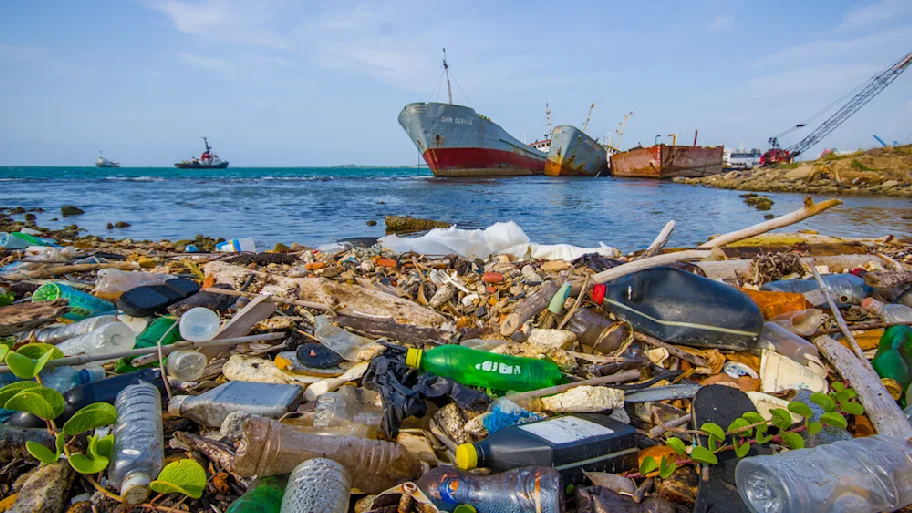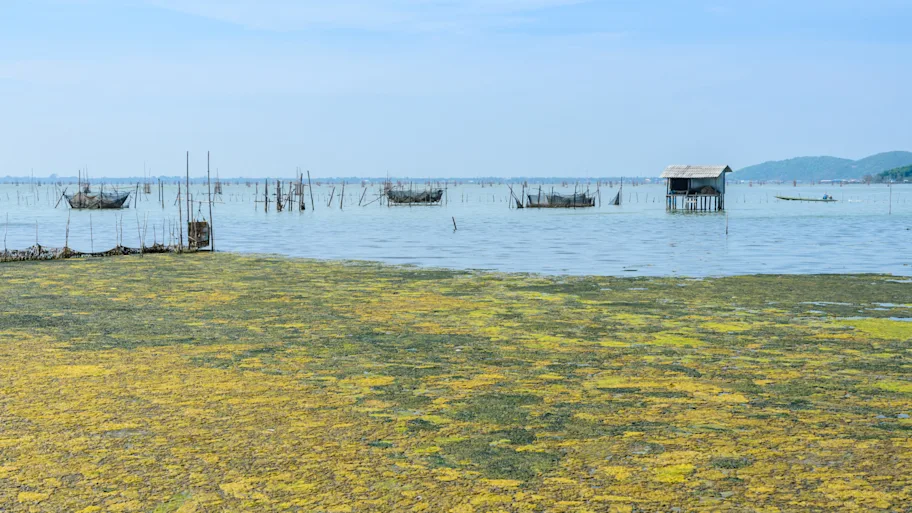
- Science News
- Life sciences
- Virtual coasts improve understanding of possible coastal planning outcomes
Virtual coasts improve understanding of possible coastal planning outcomes

The visualization helped people understand trade-offs between aesthetics and functionality, and increased their appreciation for marine environment protection efforts. Image by Robert Newell, Rosaline Canessa and Tara Sharma.
Geovisualizations of coastal areas help people to see the outcomes of management strategies and impacts of proposed developments on the marine environment.
— By Freya Wilson
A new immersive visualization allows people to make informed decisions on coastal plans by experiencing changes to an area through a first-person perspective. Published in Frontiers in Marine Science, the tool is the first of its kind to include both audio and visual animations, as well as simulate both above and below the water. The visualization helped people understand trade-offs between aesthetics and functionality, and increased their appreciation for marine environment protection efforts.
The research involved creating a virtual walk-through of the coastal environment at Sidney Spit Park (BC, Canada), with different management scenarios involving activities such as fencing and dog activity. The researchers also created a mooring buoy relocation scenario and an underwater perspective, so users could see the eelgrass ecosystems the scenario was designed to protect.
Dr Robert Newell, who created the simulations with his colleagues at the University of Victoria, Canada, explains the importance of including the underwater marine environment. “When most people ‘imagine’ coastal places, they focus on areas above the ocean surface. Our visualizations convey the connection between land and sea by allowing users to move above and below the ocean surface.”
This underwater aspect increased participants’ appreciation for the marine environment. By visualizing this environment, they could better understand the damage that could be caused to natural habitats and the importance of preserving them.
“Study participants noted that exploring the underwater environment and seeing eelgrass ecosystems helped convey the significance of efforts for protecting these ecosystems.” Dr Newell explains. “This is a very exciting finding, as it suggests that geovisualizations can contribute to people’s understanding and assessment of different management options by providing a more holistic view of coastal places.”
The research also showed how the use of sound helped people to more fully understand the implications of a proposed development.
“We incorporated sound into the tool purely to create a more realistic virtual environment, but we found that this also allowed for a better understanding of the implications of different management options.” explains Dr Newell. “For example, by travelling from a moored boat to shore using a dinghy, one participant expressed concern for the potential increase in sound pollution that could occur with positioning buoys farther away from shore.”
The researchers hope their findings will encourage future research and development of tools that go beyond visual simulation.
“The development and use of multisensory ‘visualizations’ as planning tools is an exciting new field of study, and there is much more to be learned around how auditory stimuli can enhance these tools. In addition, this field can progress beyond sight and sound to include other senses, such as touch and smell.” Dr Newell suggests.
To try Dr Newell’s simulation for yourself and find out more information, visit www.sidneyspitviz.com.
Original research article: Visualizing Our Options for Coastal Places: Exploring Realistic Immersive Geovisualizations as Tools for Inclusive Approaches to Coastal Planning and Management
Corresponding author: Robert Newell
REPUBLISHING GUIDELINES: Open access and sharing research is part of Frontier’s mission. Unless otherwise noted, you can republish articles posted in the Frontiers news blog — as long as you include a link back to the original research. Selling the articles is not allowed.






